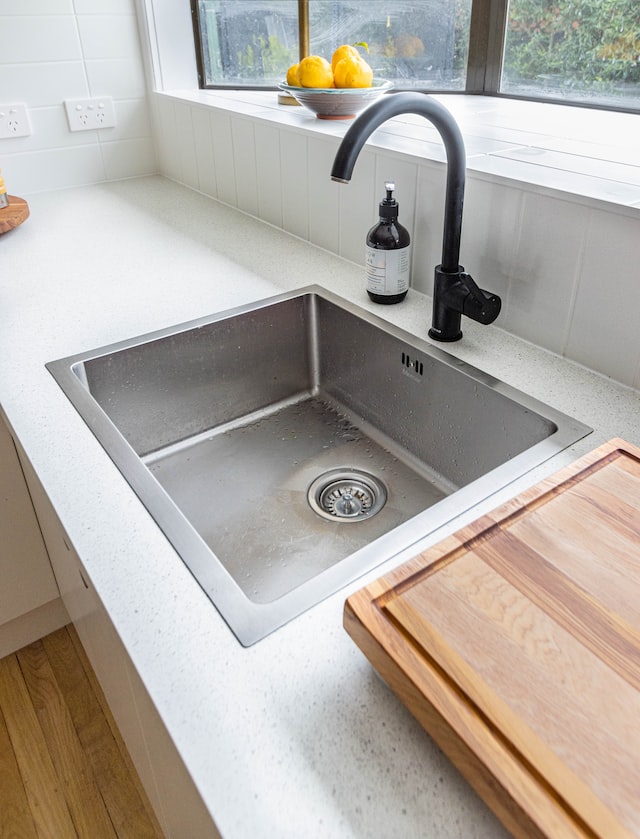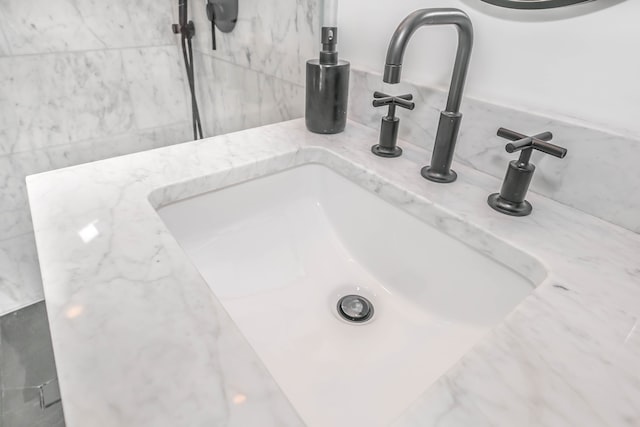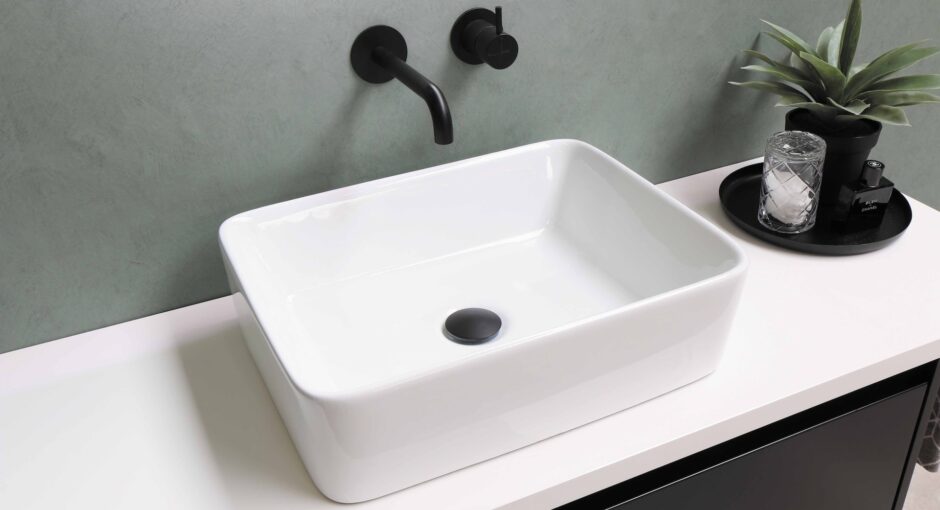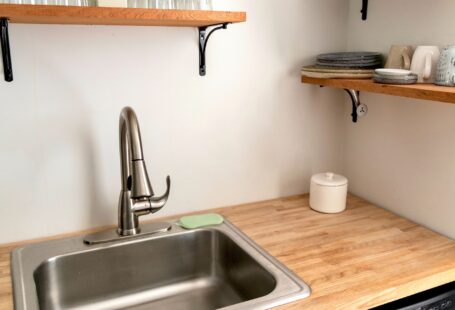Installing a kitchen sink drain may seem like an easy DIY project, but it’s essential to follow the correct procedures and take great care in order to avoid damaging your pipes. Wrong connections can lead to major leaks and ruin your sink, so make sure everything is secure and functioning properly before beginning this task.
Begin by locating your P-trap and branch pipe that leads into the wall beneath your sink. This should be relatively straightforward since they are usually connected together by a slip nut or connector ring. Depending on how your sink is configured, you may require additional fittings like double elbows or extension pipes for convenience.
Next, use channel-type pliers to disconnect the drainpipe from its tailpiece on the underside of your sink’s drain flange. This will give you more room to work and prevent it from tripping over onto your fingers.

Place a bucket beneath the P-trap to catch any water that might leak out. Additionally, this is an ideal time to clear out under the sink so you have more space for work.
Once all pipework is clear, lay a new basket strainer in the hole beneath your sink and push it down until it flushes with the edge of its drain hole. Doing this creates an airtight seal between the basket and pipe that prevents water infiltration into and down the sink.
Apply a rope of plumber’s putty to the flange of the basket strainer, making sure it fits snugly over the drain hole and has an even diameter. You can use golf ball-sized pieces of putty, but for best results roll it into a thick strand and press onto the flange with your hands before attaching.
You could also opt for silicone caulk, which is slightly pricier but will last longer and won’t stain porous surfaces. Just remember to check your local plumbing codes and use high quality caulk that inhibits mold and bacteria growth.

If you’re installing a double-basin sink, you may require a tee connector that joins the tailpieces of the drain and channels the waste water towards a P-trap. These can be purchased at most hardware stores or online.
Once installation is complete, test your new sink drain for leaks and tighten both plastic connector and tailpiece to guarantee it’s securely attached. If any signs of water infiltration appear, retighten these parts once more to secure them securely in place.
Finally, finish your sink installation by applying caulk around the drain hole and around its rim. Make sure there is room between your sink and counter top so you can apply caulk without spilling it out of its hole. Furthermore, test the drain regularly to guarantee its functionality is optimal.





